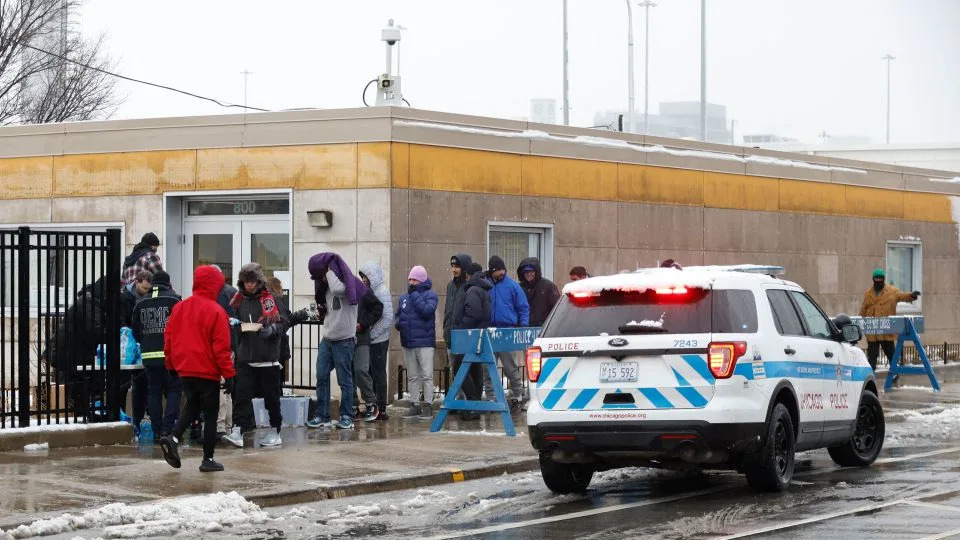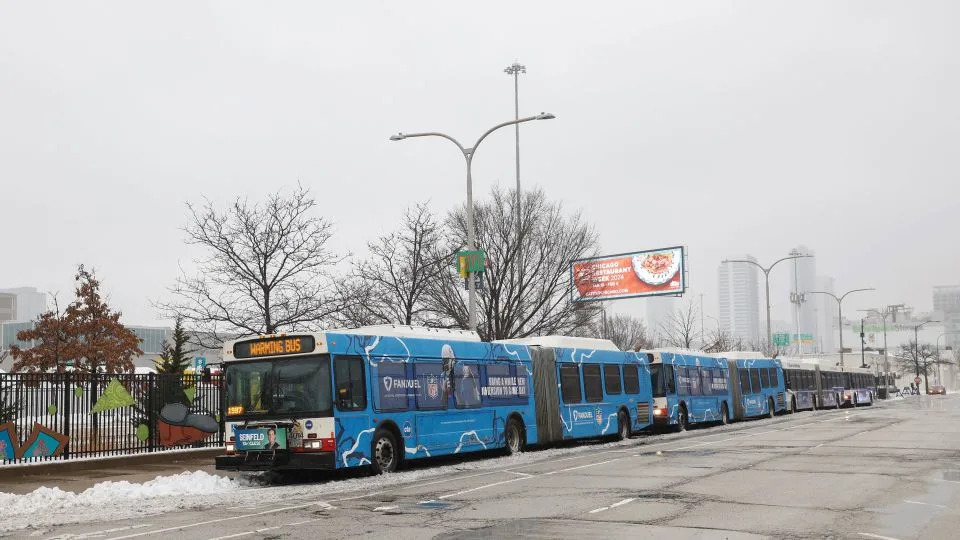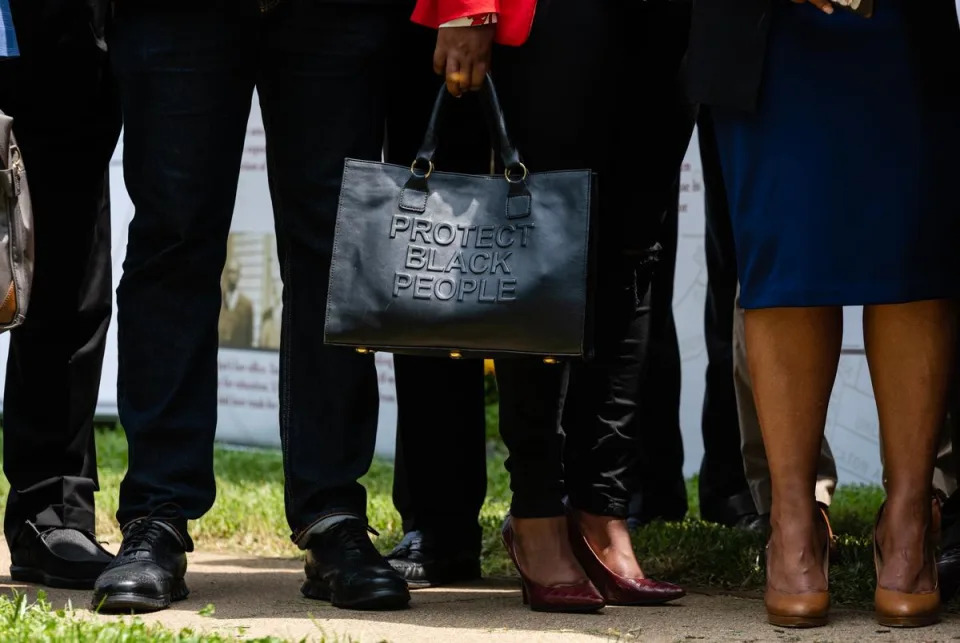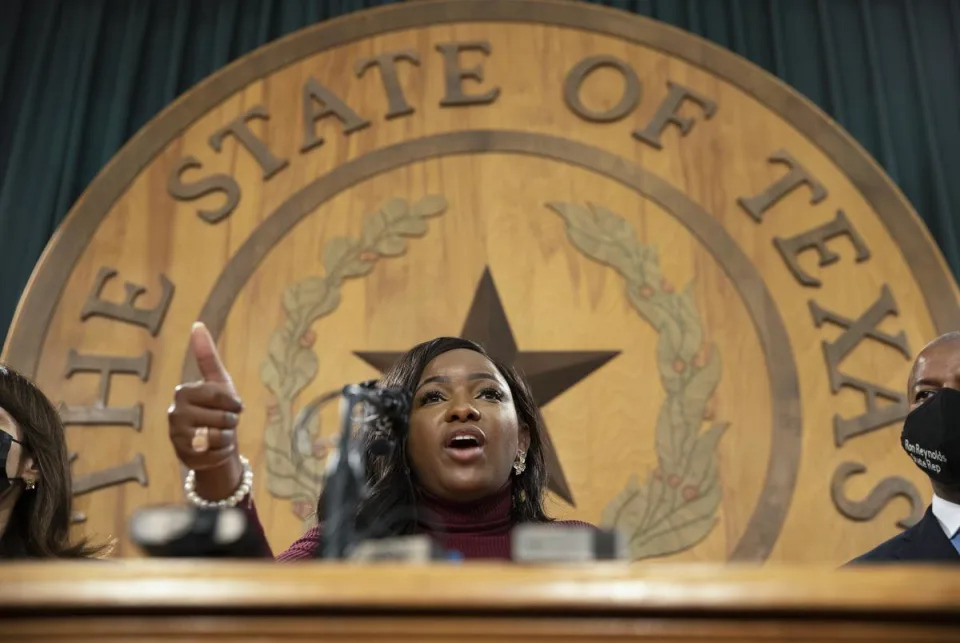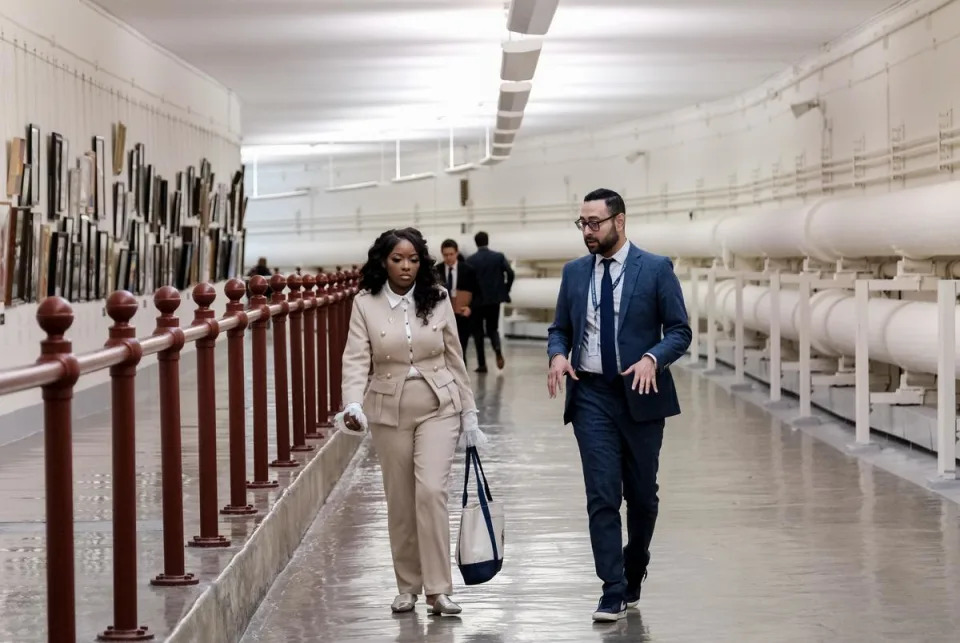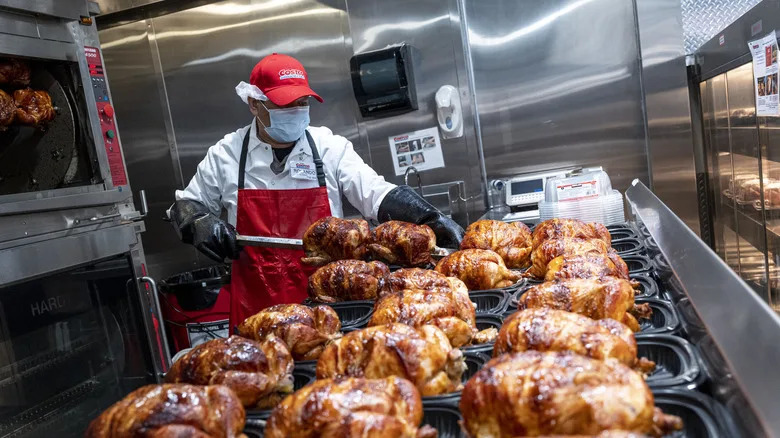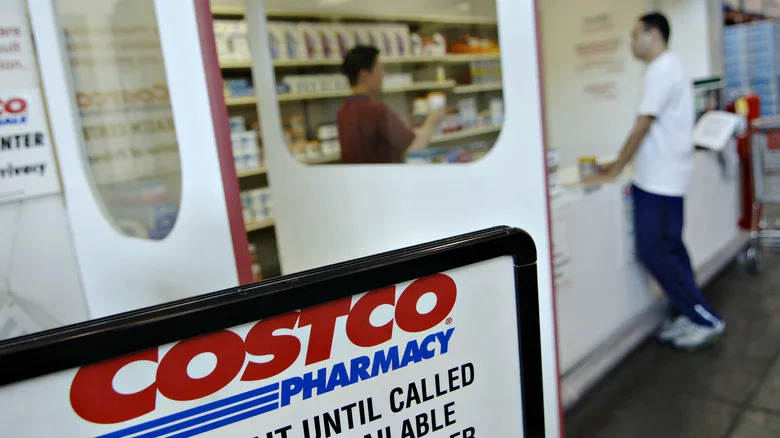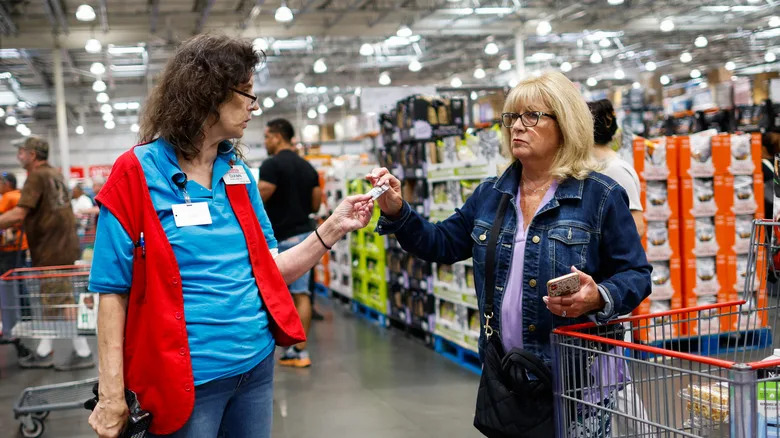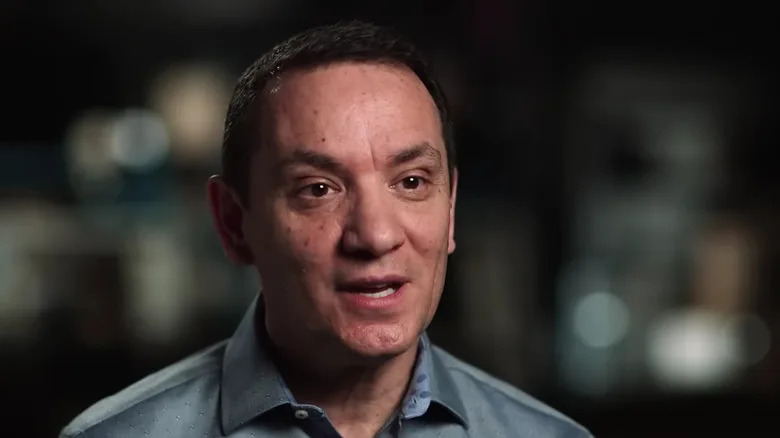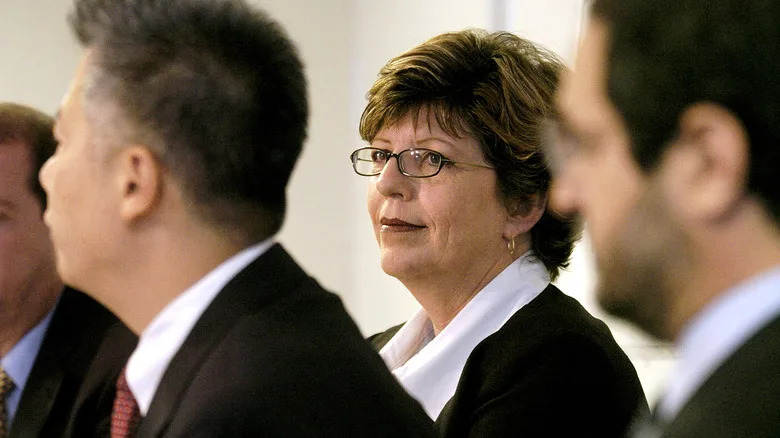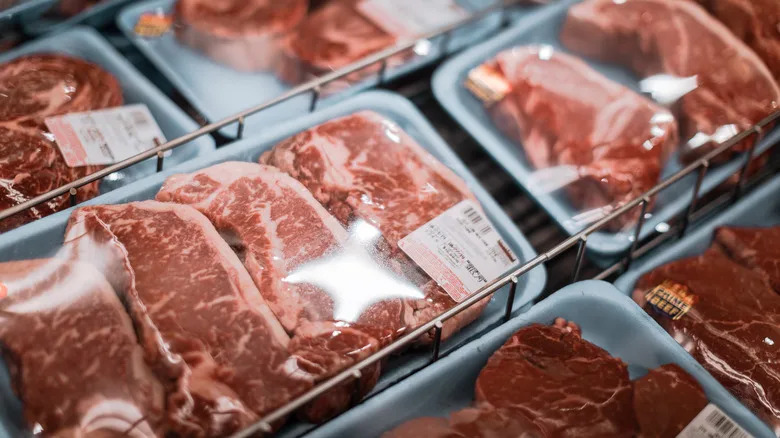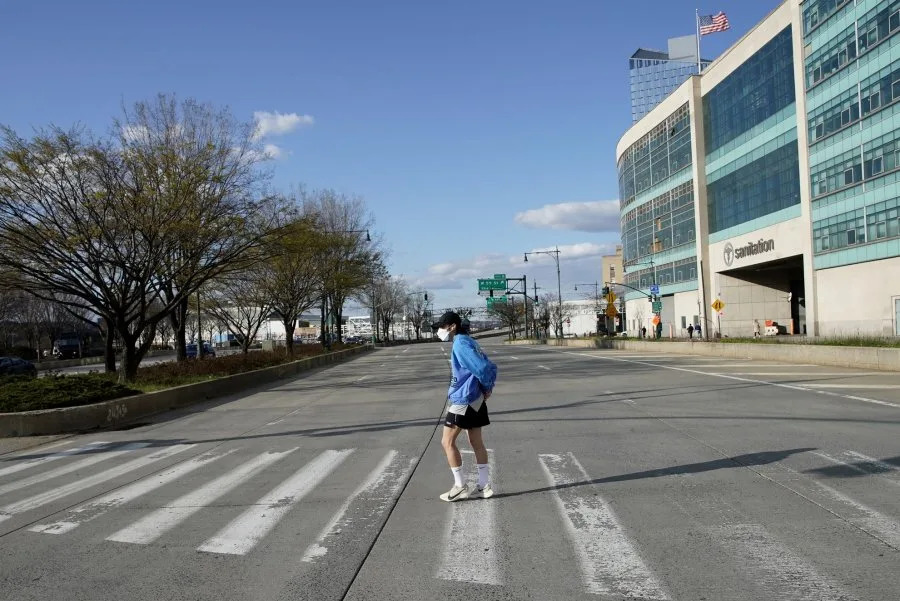CNN – Opinion
Opinion: Abbott’s war on migration has led to another tragedy in Texas
Opinion by Alice Driver – January 16, 2024
Editor’s Note: Alice Driver is a writer who divides her time between Mexico and the US. Her latest book is “The Life and Death of the American Worker: The Immigrants Taking on America’s Largest Meatpacking Company.” Her writing has appeared in The New Yorker, The New York Review of Books and Oxford American. The views expressed in this commentary are her own. Read more opinion at CNN.
On Friday, a woman and her two young children struggled to cross the Rio Grande’s unpredictable waters to get from Mexico to Eagle Pass, Texas. US Border Patrol agents tried to enter Shelby Park, which runs along the US side of the Rio Grande, to save the woman and her children. The agents reportedly reached out to Texas state officials about the emergency by phone but received no response.

Democratic US Rep. Henry Cuellar said in a statement late Saturday that US Border Patrol agents went to the park and asked to be allowed to render aid to the migrants, whom he identified as a mother and her two young children according to Mexican sources, but were denied entry.
“Texas Military Department soldiers stated they would not grant (the Border Patrol) access to the migrants — even in the event of an emergency,” Cuellar said, adding that Mexican officials recovered three bodies on Saturday.
Texas officials deny mishandling the crisis. “TMD (Texas Military Department) was contacted by Border Patrol at approximately 9:00 pm on Friday in reference to a migrant distress situation. TMD had a unit in the vicinity of the boat ramp and actively searched the river with lights and night vision goggles. No migrants were observed,” the agency said in a statement to a local ABC affiliate.
But Joaquin Castro, a Democratic congressman from Texas, suggested Gov. Greg Abbott bears direct responsibility for the tragedy. “Texas officials blocked US Border Patrol agents from doing their job and allowed two children to drown in the Rio Grande,” Castro said, an account confirmed by the Department of Homeland Security. “Governor Abbott’s inhumanity has no limit. Everyone who enables his cruelty has blood on their hands.”
To know that a young family is struggling to navigate cold, swift waters and to do nothing to prevent their deaths is cruel and evil.
But for Abbott it is more of the same: His policies take an unduly harsh line on immigration, even if it means putting the lives of innocent people at risk. The state of Texas should be held responsible for these deaths.
I’ve been an immigration writer for years, including at the Eagle Pass crossing, and I’ve seen heartless policies against people trying to enter the United States. Abbott’s are among the worst I’ve covered.
I’ve interviewed countless migrants very much like the woman who perished this weekend. If this mother and her two children had been saved, they might be applying for asylum and imagining a future together far from the harm and privation they likely experienced in their home country.
As The Atlantic explained in recent reporting, the mother and her children would face a backlog of asylum cases that grew to 1,009,625 in 2023, and they would wait an average of four years to get a hearing. Had they survived, I might be interviewing them today, as I have solicited the personal stories of hundreds of migrants along the US-Mexico border over the past decade.
The two children might be taking photos with the Polaroid camera that I carry around, and writing messages with the rainbow-colored markers I also keep at hand.
“What do you want me to write?” children often ask me, wide-eyed, when I tell them they can write or draw anything they want on their photos. They sometimes share messages like “I hope God grants me asylum” or “I hope I don’t get separated from my mom.” There is so much to learn from the stories of people fleeing war, famine, drought and the effects of climate change.
These are lessons, however, that appear to have been lost on Abbott. During his time in office, he has been on a warpath to criminalize and dehumanize migrants, spending more than $4.5 billion on Operation Lone Star since 2021, his ramped up effort to prevent border crossings, including by deploying floating razor wire barricades in the Rio Grande. And he has spent more than $100 million to send asylum seekers legally in the US to Democratic-run cities, usually without notice and without providing sufficient — if any — food or warm clothing for the journey.
Abbott’s policies seem not too dissimilar to the family separation initiative put into place by former President Donald Trump in that inflicting cruelty, pain and trauma appear to be tools to deter migration. Nevertheless, Operation Lone Star — like Trump’s family separation policies — appears to have had little effect on stemming migration. It would appear that the misery migrants have been fleeing for years is worse than even the cruel anti-immigration program that Abbott has devised.
On December 18, he signed into law SB 4, a measure that attempts to wrest the power the Constitution gives the federal government over immigration and put it in state hands. SB 4 made entering Texas illegally a state crime. Abbott’s efforts to criminalize migration have included stringingconcertina wire and erecting anti-climb barriers along the border and installing an $850,000 floating barrier made of buoys separated by saw blades along the Rio Grande in Eagle Pass.
The Fifth Circuit Court ordered Texas to remove the floating barrier last year. In a recent radio interview, Abbott said — shockingly — of his policies: “The only thing that we are not doing is we’re not shooting people who come across the border — because, of course, the Biden administration would charge us with murder.”
Abbott has made Eagle Pass a focus of his immigration enforcement policies. But he has done so without the support of local authorities. Mayor Rolando Salinas questioned why Abbott closed Shelby Park, which is public, without his permission. “That is not a decision that we agreed to,” Salinas said. “This is not something that we wanted. This is not something that we asked for as a city.”
The confrontation between the US Border Patrol and the Texas National Guard troops and Texas Military Department represents a looming power struggle between Abbott and the Biden administration — one in which federal officials must assert their authority.
Abbott’s policies prevented the federal government from exercising its constitutional power to save a mother and her two children. Luis Miranda, a DHS spokesperson, said, “The Texas governor’s policies are cruel, dangerous and inhumane, and Texas’s blatant disregard for federal authority over immigration poses grave risks.”
Even before the tragic deaths at Eagle Pass, the Biden administration appealed to the US Supreme Court about Texas blocking access to the border. Abbott’s power struggle with the Biden administration sets a dangerous precedent, one that shows wanton disregard for the lives of migrants.
By now, it should be clear to Abbott that ratcheting up cruelty is not a way to stem migration. Instead of militarizing the border, Texas and the federal government should instead invest in humane asylum policies that don’t heap tragedy upon people arriving to this country who have already experienced so much hardship and loss.





